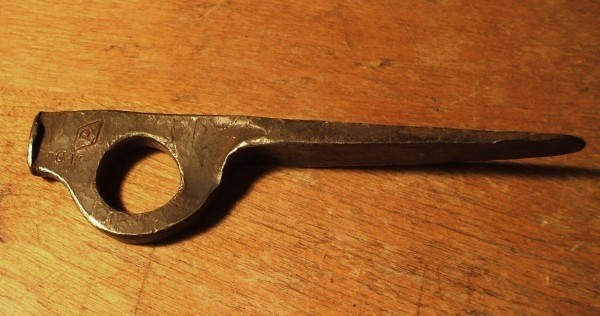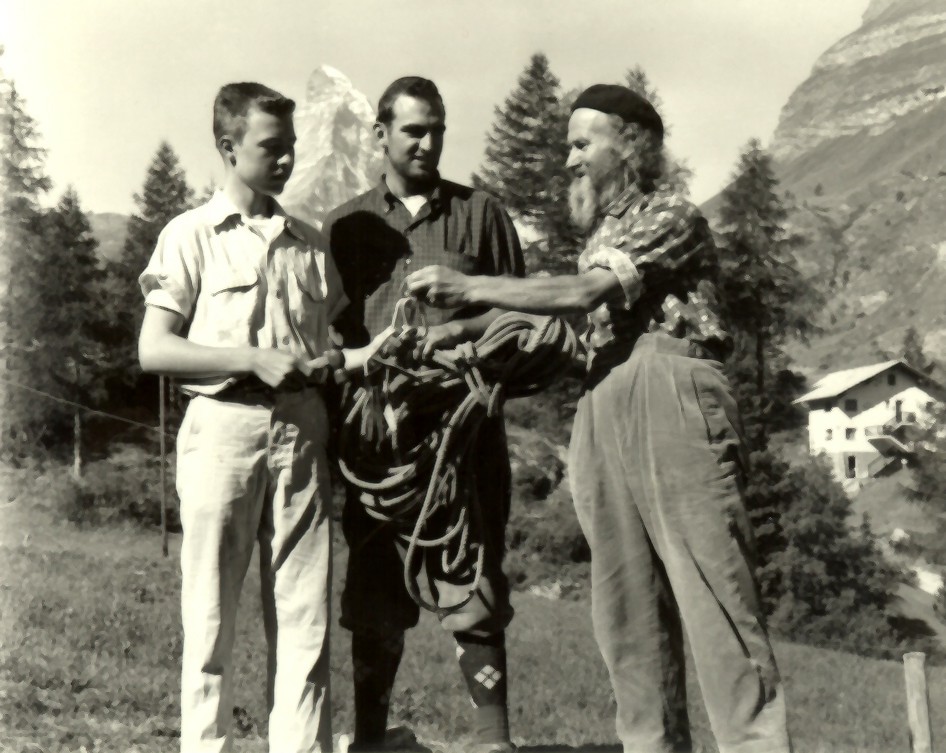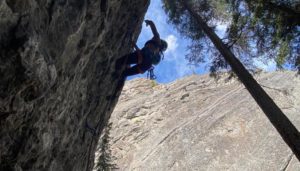The Most Expensive Piton Ever?

Before there was Yvon Chouinard, there was John Salathe. In the golden age of Yosemite big wall aid climbing, Salathe was not only one of the leading climbers, but he created new-age pitons, which led to breakthrough routes. This week, one of those pitons was priced on Ebay for thousands.

The Swiss climber Salathe started climbing in 1945 after an illness and mid-life spiritual awakening led him to the mountains and vegetarianism.
In 1945, Salathe found traditional pitons made for the Alps were too soft for Yosemite. In his San Mateo business, Peninsula Wrought Iron Works, he used high-carbon chrome-vanadium steel, similar to that used to make Ford axles, to make strong pitons, which could be driven into Yosemite stone. The bonus was they could be remove without getting mangled, thus rendering them reusable. These thin pitons became known as Lost Arrows and are still manufactured under that name by Black Diamond.
The History of Big Wall Free Climbing
In 1946, Salathe and Anton Nelson climbed the southwest face of Half Dome and established the first route with a bivy. Then, in September 1947, they made the first climbed Lost Arrow Spire in Yosemite. The Lost Arrow piton was named after the spire. Te climb took five days and included four bivys.

In July, 1950, Allen Steck and Salathe made the first ascent of the 500-metre north face of Sentinel Rock. The five-day ascent was considered the last of the great Yosemite problems of the day. Their route became known as the Steck-Salathe and is a classic.
George Mallory’s $240,000 Ice Axe
This week, one of Salahte’s original pitons was for sale for $12,000 on Ebay. It had no bids.



